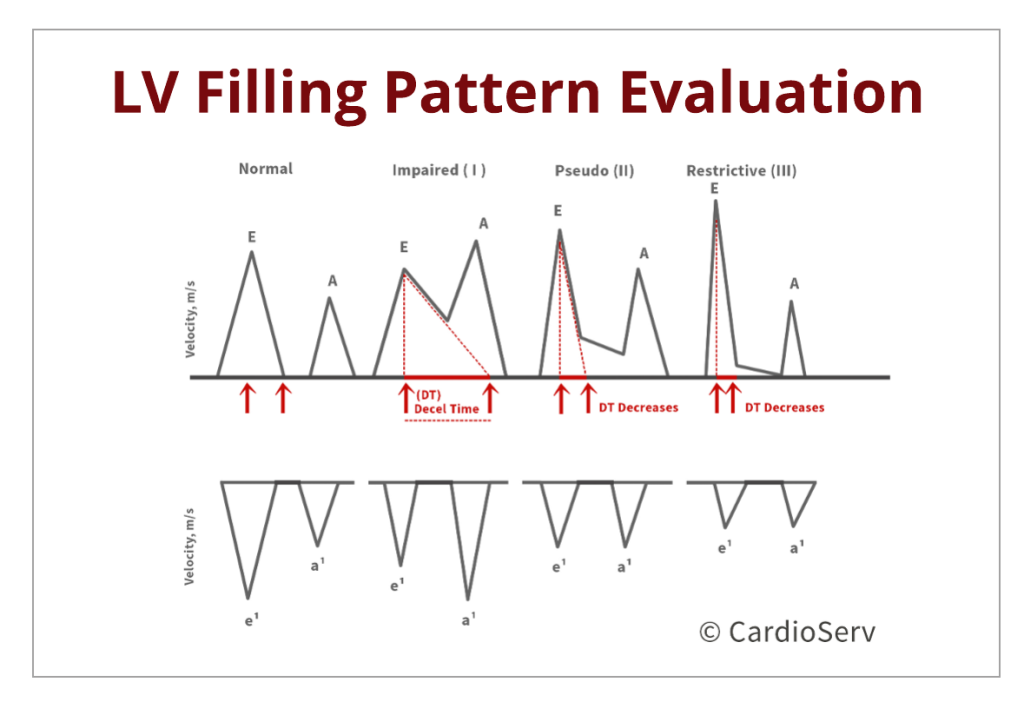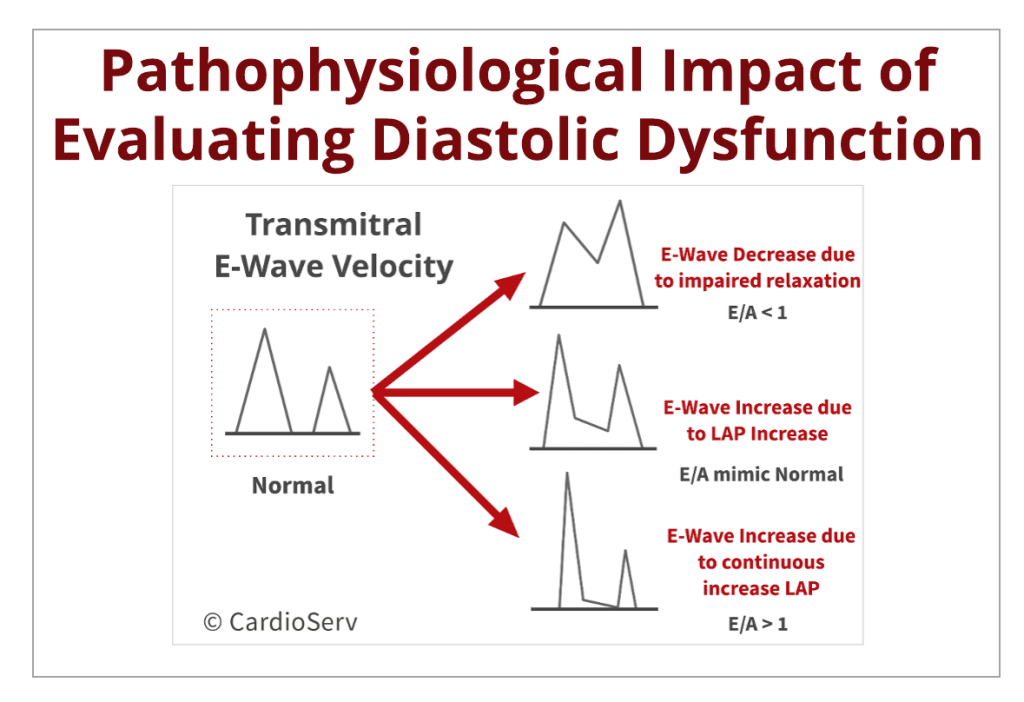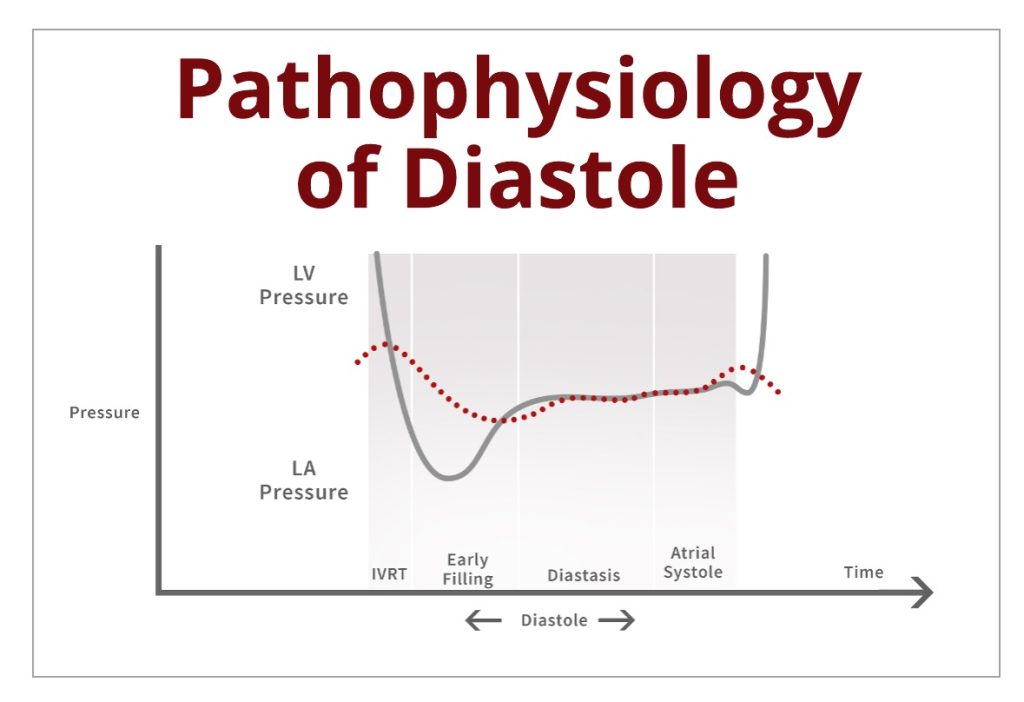Specific Echo Parameters that Indicate Elevated LAP
Last week, we discussed change in transmitral filling patterns as the severity of diastolic dysfunction progresses. When we evaluate for diastolic dysfunction, our goal is to determine:
Specific Echo Parameters that Indicate Elevated LAP Read More »




